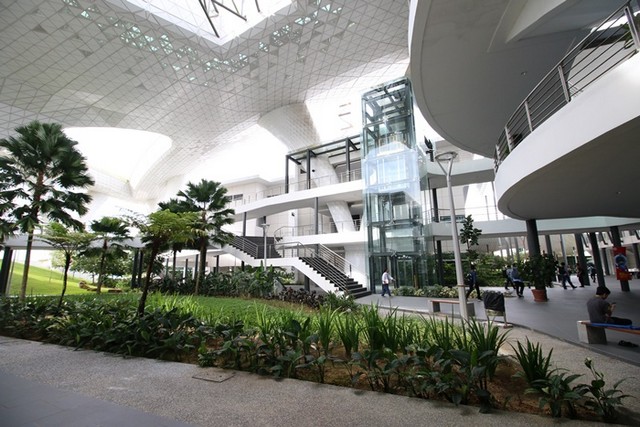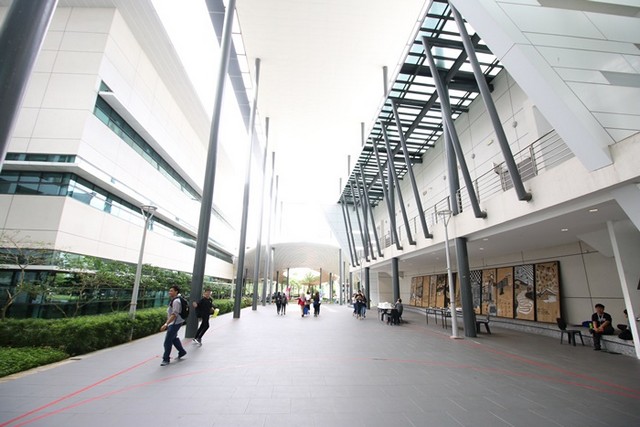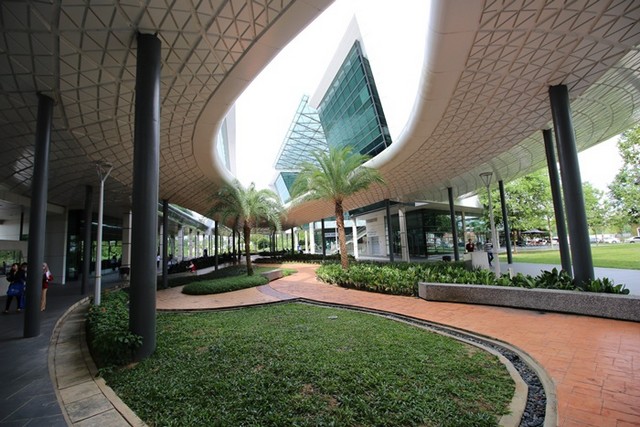Data from Statistic Malaysia shows that in 2020 there were 5.36 million graduates, which was an increase by 4.4 per cent from 2019 (5.13 million).
In years to come, we can expect to see the number of graduates from tertiary institutions to increase as the youth population continues to expand.
This is due to a demand for access to good quality tertiary education as it can provide students with skills and knowledge relevant to the job market.
The World Bank Group defines tertiary education as all formal post-secondary education, including public and private universities, colleges, technical training institutes, and vocational schools.
These days, tertiary education is fundamental to achieve development and growth as they help well-educated individuals to be more employable, can earn higher wages and cope with economic turbulence better.
As the only university wholly owned by the Sarawak state government, the upgrading of UCTS to full university status is a major achievement and milestone for higher education in Sarawak.
“The upgrading to full university status is a testament that demonstrates the high commitment of the Sarawak State Government in channelling education funding, especially in terms of university operations and finances,” said the Sarawak Chief Minister during the official launchingof UTS on 10th November 2021.

In his speech, YAB Datuk Patinggi Tan Sri (Dr) Abang Haji Abdul Rahman Zohari bin Tun Datuk Abang Haji Openg said that education is important for all aspects of development including social, cultural and economic.
It is the key driver in improving performance, prosperity and competitiveness for economic development in Sarawak.
This is because institutions of higher learning play an important role in the process of retraining and re-equipping the workforce to be more relevant to the changes and needs of any industries.
Under the PCDS 2030, Sarawak aims to create 195, 000 high paying jobs and 1.5 million employment opportunities.

“Since the establishment of UTS, the State government has invested to have the best infrastructure with state -of -the -art facilities, and to date has achieved and maintained the GBI Platinum Index rating,” said Datuk Patinggi Tan Sri (Dr) Abang Haji Abdul Rahman Zohari.
He added that the State government ensures that all Sarawakians have access to a world -class education system by providing the best infrastructure.
There is strong correlation that high-quality infrastructure facilitates better instruction, improves student outcomes, and reduces dropout rates, among other benefits.
A good school infrastructure, with renewed spaces, makes it possible for those living in remote areas to study and improve the attendance as well as the interest of students and teachers in learning.
In Sarawak, the State Government has implemented various strategies and investments for the growth of education in Sarawak.
In conjunction with the launching of UTS, the Sarawak government has taken the initiative to introduce incentives to students who wish to further their studies at the new university.

The incentives are as follows:
a. The UTS Foundation Scholarship cover a tuition fee of RM10,000 per student. The reduction in tuition fees is RM 4.5 million to RM 7 million per year for five years.
b. The UTS Undergraduate and Postgraduate Scholarships are funded by the Sarawak state government-Special Scholarship Scheme for Sarawakians will bear 50 per cent of the tuition fees of all undergraduate and postgraduate programs. Based on the five -year projection, this shows a contribution or commitment of RM17.2 million to RM27 million per year from UTS.
c. The UTS Bursary Scheme for Sarawakians in the B40-M40 category will covers 80 per cent of the tuition fee and accommodates 100 Bumiputeras and 100 non Bumiputeras students a year. Based on the five -year projection, this shows the State government’s contribution or commitment of RM 3 million per year from UTS.
d. Other financial assistance includes those from Yayasan Sarawak, in the form of interest -free education loans to cover learning and living costs while pursuing studies at UTS.





